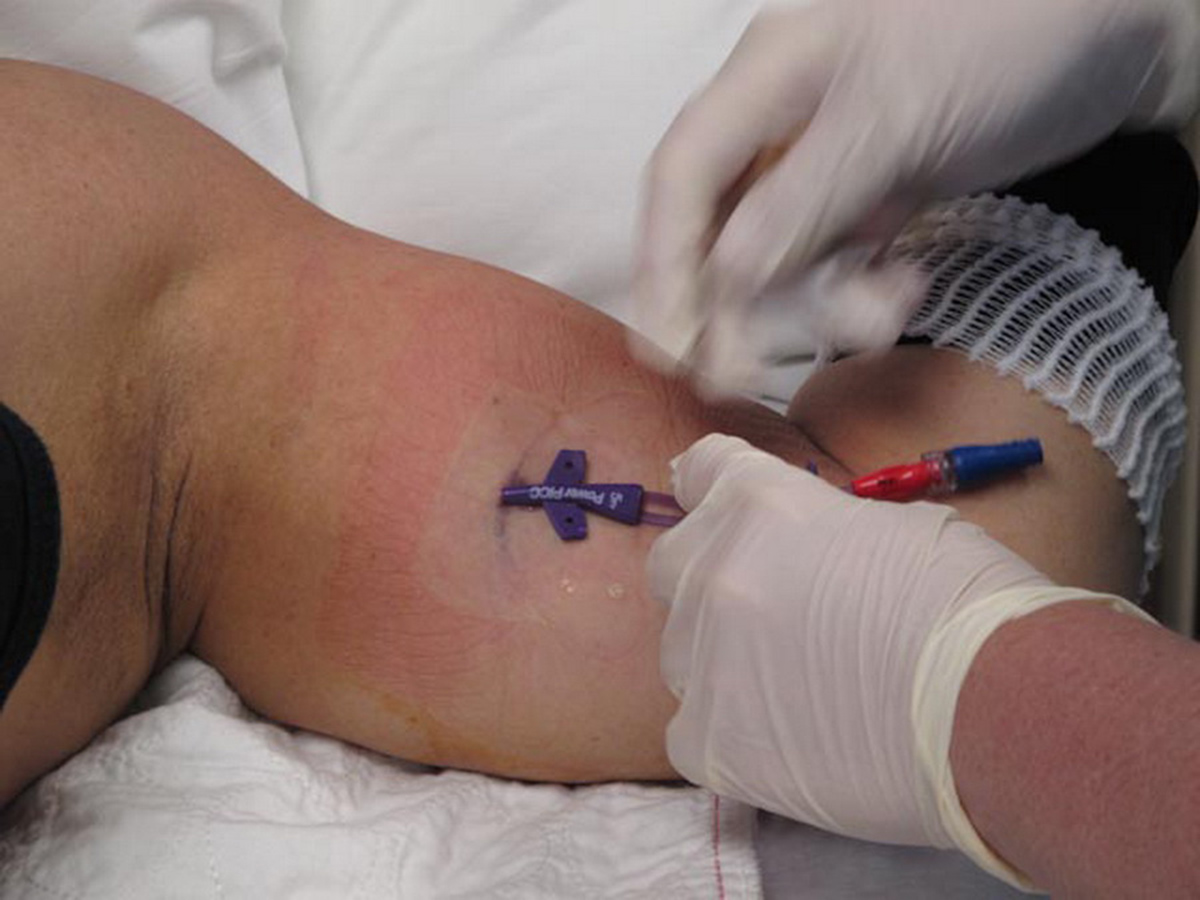Table of Contents
While in the past, chemotherapy was considered the best option of treatment for leukemia, there are now newer forms of treatment with better patient responses and fewer toxic side effects. Interferons became the next best thing, but the development of imatinib, a tyrosine kinase inhibitor pushed it aside for a while, as a second option. Stem cell transplantation is the only treatment with curative value for leukemia but it is often difficult to look for a matching donor.

When considering the various options for treatment, patients must discuss with their doctors the benefits, cost, side effects and other factors involved.
Things to Consider
The choice of treatment for leukemia depends on many factors such as the type of disease, the stage when it was first diagnosed, current treatment, age of the patient, and personal preferences. Since it is often difficult to find a suitable donor for stem cell transplantation, doctors often start therapy with imatinib while evaluation is going on. Although stem cell transplants can improve over-all survival rates up to 60% , there is also a risk for treatment failure. This is usually due to relapses after transplantation or complications or death during the procedure. Transplantation, therefore, is recommended for younger patients with sibling donors.
When comparing imatinib with interferon alpha, it is easy to see that imatinib has the advantage of being available in oral form (pills to be taken by mouth), while interferon has to be injected repeatedly under the skin. Imatinib is also generally well tolerated while interferon has significant side effects. These side effects include flu-like symptoms such as fever, chills, headaches, fatigue, muscle aches, joint pains and weakness. Although these symptoms may last only for a few days, some patients experience more serious signs of toxicities such as nausea and vomiting, depression, weight loss and peripheral neuropathy. It may also affect thyroid, liver and blood function, as evidenced by abnormal laboratory test results. These side effects, however, are temporary and can be reversed by reducing dosage of the drug administered. Flu-like symptoms may be relieved by taking acetaminophen or other pain relievers before and after interferon injections. Blood chemistry exams must be done regularly to monitor liver, thyroid and blood functions during therapy.
Read More: Interferon Therapy For HPV Infection
Patients who do not respond well to imatinib within three months may be given interferon alpha in addition to the drug.
Combination Therapy
Research is still on-going on the various therapeutic combinations that may work for leukemia. This also includes studies on the use of pegylated form of interferon, which is a longer acting version of the drug. Pegylated interferon is administered in small doses and has fewer side effects. These factors have therefore revived researchers' interest in interferon therapy for leukemia.
Despite the effectiveness of new drugs, there remains a niche yet critical role for interferon, especially when used in combination with other therapies:
- Enhanced Efficacy: Combining interferon with other treatments can increase the likelihood of a better therapeutic response, especially in patients who don't respond adequately to first-line treatments.
- Targeting Different Mechanisms: Interferon, with its unique action mechanism, can complement the effects of other drugs, offering a multifaceted attack against leukemia cells.
- Reduced Resistance: Using combination therapy can mitigate the chances of leukemia cells developing resistance, a concern often associated with long-term drug administration.
However, combination therapy is not devoid of challenges. The introduction of multiple agents can amplify side effects and potentially introduce new ones. Common side effects of interferon therapy include flu-like symptoms, fatigue, and low blood counts. Therefore, it's vital to meticulously monitor patients undergoing combination therapy to manage any adverse effects promptly.
As research progresses, there's hope that such combination strategies might offer enhanced outcomes for leukemia patients who need them the most.
- Talpaz M, Hehlmann R, Quintas-Cardama A, et al. Re-emergence of interferon-α in the treatment of chronic myeloid leukemia. Leukemia 2013. 27, 803-812. http://www.readcube.com/articles/10.1038/leu.2012.313
- WebMD. Leukemia-Topic Overview. http://www.webmd.com/cancer/tc/leukemia-topic-overview
- Jonasch E and Haluska F. Interferon in Oncological Practice: Review of Interferon Biology, Clinical Applications, and Toxicities. The Oncologist February 2001 vol. 6 no. 1 34-55. http://theoncologist.alphamedpress.org/content/6/1/34.full
- Kolibaba,K and Druker,B. Current Status of Treatment for Chronic Myelogenous Leukemia. Medscape. http://www.medscape.com/viewarticle/408451_8
- Stone, R. Optimizing Treatment of Chronic Myeloid Leukemia: A Rational Approach. The Oncologist June 2004 vol. 9 no. 3 259-270. http://theoncologist.alphamedpress.org/content/9/3/259.full
- Photo by steadyhealth.com
- Photo courtesy of Mark M Newell PhD by Flickr : www.flickr.com/photos/marknewell/5800952091/
- www.readcube.com
- www.webmd.com
- theoncologist.alphamedpress.org


Your thoughts on this